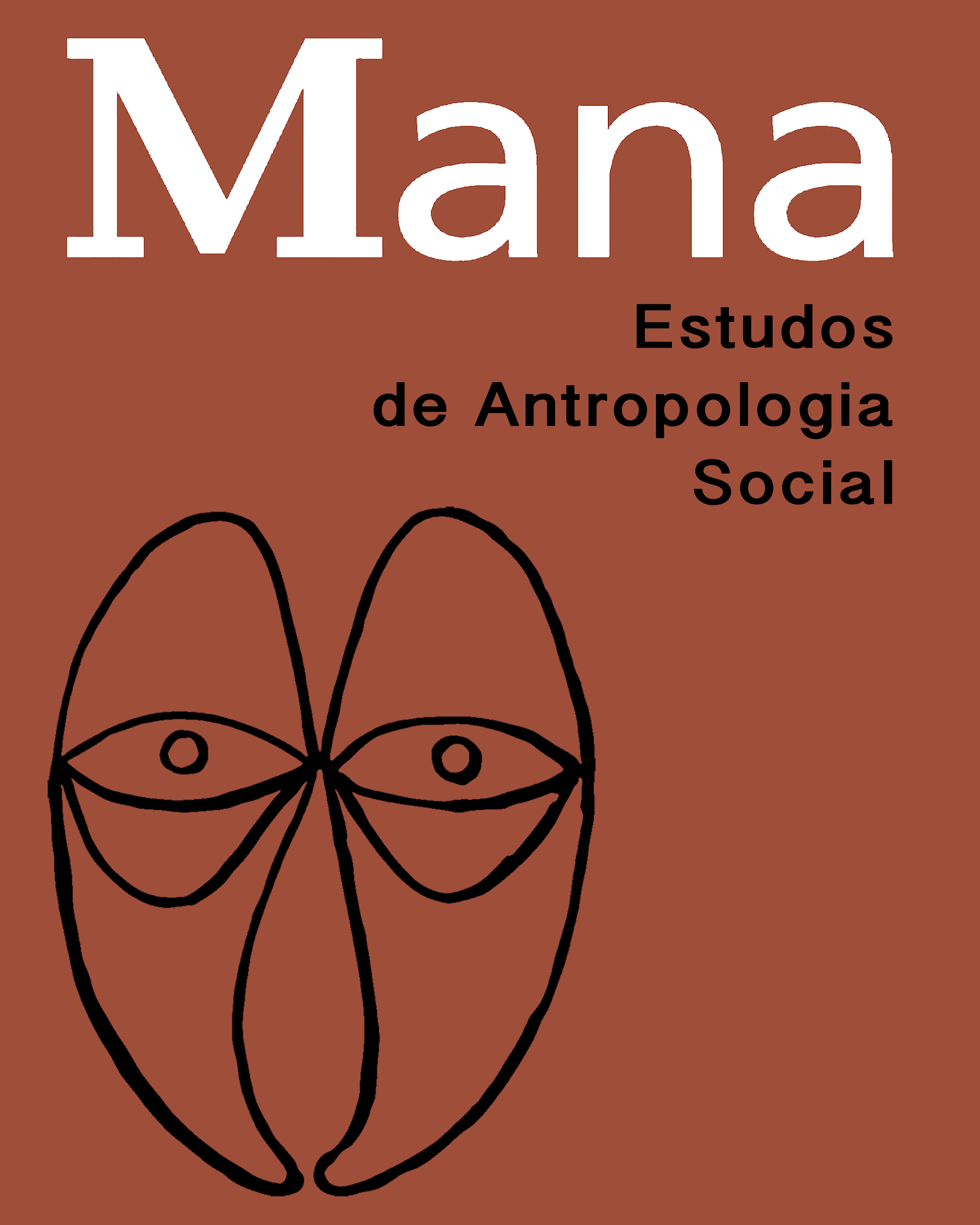Abstract
In 1969, 60 km from Alma-Ata, the capital of the Soviet Socialist Republic of Kazakhstan, archaeologists excavated a funerary structure of the kurgan type, an outfit enveloping a skeleton dating from the 5th or 4th century BC. Richly decorated with more than 4,000 pieces of gold, the remains were dubbed “Golden Man”. Believed to be a young Scythian-Saka prince, it soon became one of the most important symbols of a nascent Kazakh nationality. However, subsequent research carried out since the late 1990s, suggest that the “Golden Man” was in fact a “Golden Woman”. The ensuing debate has had an evident impact on the reformulation of the representations of Kazakh national identity. In this article, I will reflect on the relationship between nation-building, gender and the political role of archaeology/anthropology, from the standpoint of a Brazilian anthropologist-cum-tourist who visited Kazakhstan in December 2017.
Key words:
Nation-building; Archaeology/Anthropology; Gender; Kazakhstan; Golden Man

 Thumbnail
Thumbnail
 Thumbnail
Thumbnail
 fotografia de autoria do autor, dezembro de 2017
fotografia de autoria do autor, dezembro de 2017
 fotografia de autoria do autor, dezembro de 2017
fotografia de autoria do autor, dezembro de 2017